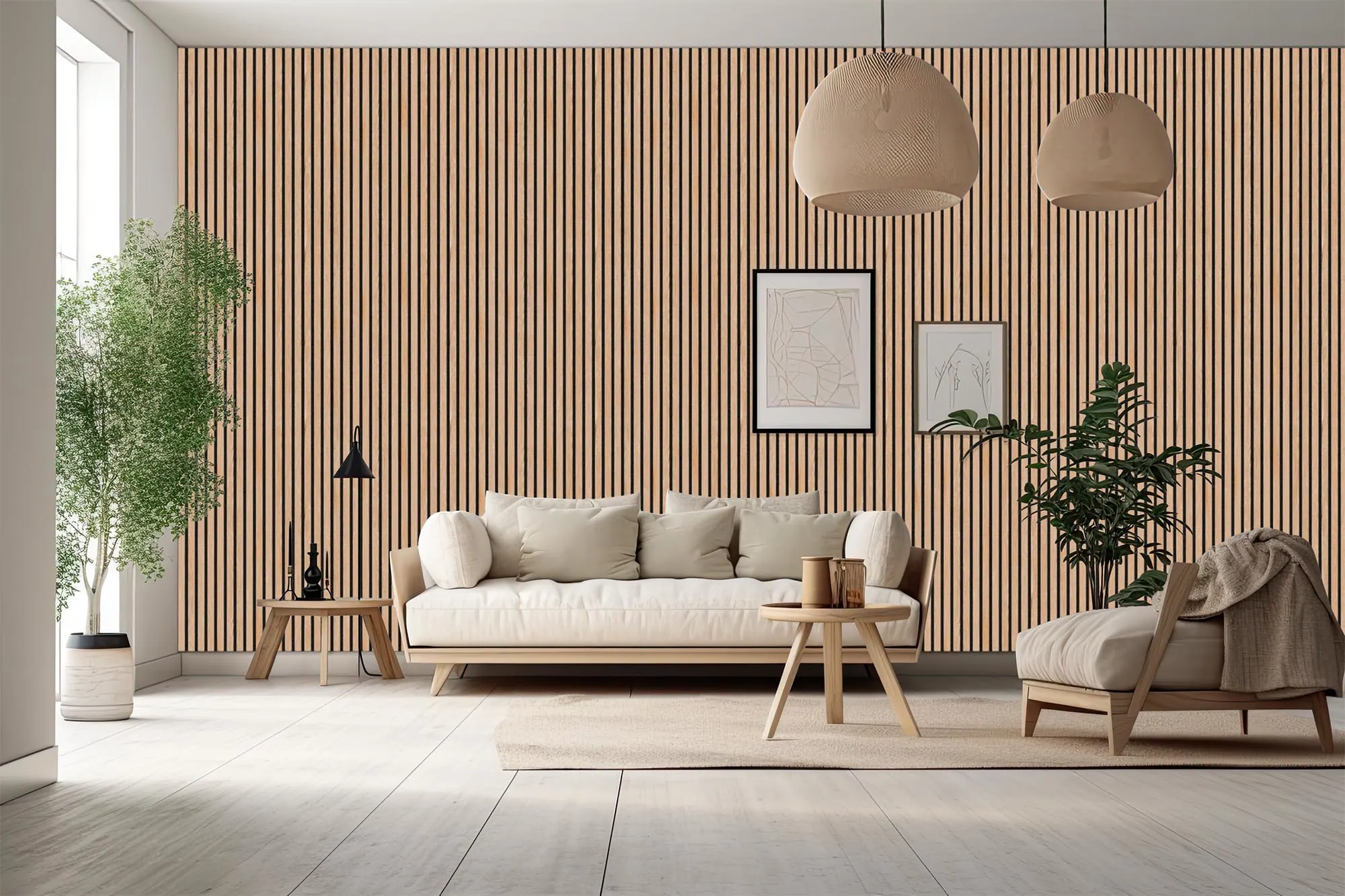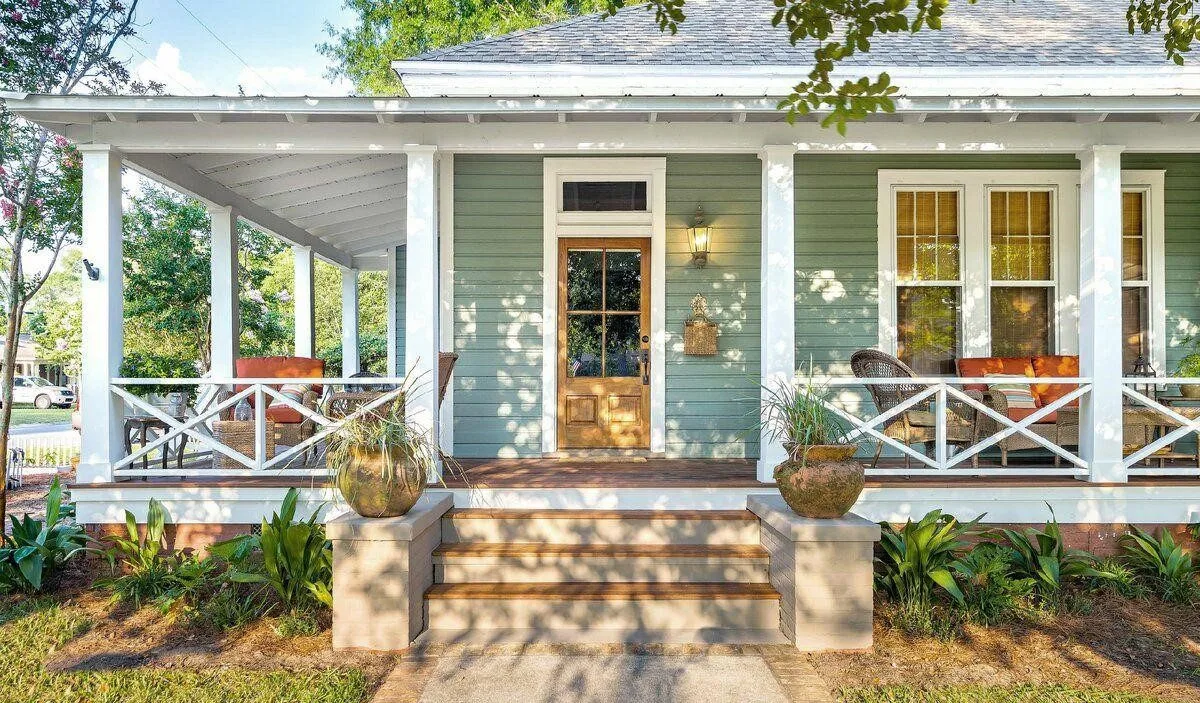Table of Content
- Understanding the Basics of Room Color Combinations
- The Color Wheel and Color Relationships
- Warm vs. Cool Colors
- Bedroom Color Combinations: Your Personal Sanctuary
- Living Room Color Combinations: The Heart of Your Home
- Kids' Room Color Combinations: Fun and Playful Spaces
- Study Room Color Combinations: Focus and Productivity
- Tips for Choosing the Right Room Color Combinations
Color is among the most influential elements in interior design. It can stir emotions, generate unique atmospheres, and even affect our actions. In home decor, selecting the appropriate color combinations can enliven a room, turning your space into a welcoming and harmonious atmosphere.
In this article, we will examine color pairings for different spaces in your house, such as bedrooms, living rooms, children's rooms, and study areas. Let's explore the realm of color and learn how to craft the ideal atmosphere for each space in your home.
Understanding the Basics of Room Color Combinations
Before exploring specific room color combinations, it’s important to grasp the basic principles of color in design. Understanding color theory will help you make more informed choices when selecting colors for your space.
The Color Wheel and Color Relationships
The color wheel is at the heart of color theory, visually illustrating the relationships between different colors. It can help you choose complementary colors (colors that are opposite each other on the wheel), analogous colors (colors that are next to each other), and triadic colors (three evenly spaced colors). Using these relationships in your room color combinations will help you create balanced and harmonious spaces that are both visually pleasing and functional.
Also Read: Delhi Dehradun Expressway: Boosting Connectivity & Real Estate
Warm vs. Cool Colors
Colors are generally divided into warm tones (reds, yellows, oranges) and cool tones (blues, greens, purples). Warm colors create a welcoming and energetic atmosphere, while cool colors evoke calmness and relaxation.
When choosing room color combinations, consider the mood you want to establish in each space. For instance, vibrant warm tones work well in areas where you entertain guests, while soothing cool colors are perfect for relaxation zones like bedrooms and bathrooms.
Bedroom Color Combinations: Your Personal Sanctuary
The bedroom serves as your sanctuary—your intimate haven for rest and tranquility. The color palette you select can significantly influence your mood and sleep quality. Here are several lovely and well-liked color pairings for bedrooms:
1. Serene Blues and Soft Whites
.jpg)
Combination: Sky blue, gentle white, and light gray.
Blue is recognized for its soothing qualities, making it an ideal selection for the bedroom. Combining light blue walls with gentle white bedding and light gray details can establish a calm, peaceful environment ideal for unwinding. This mix is perfect for individuals seeking a tranquil escape after a long day.
2. Earthy Tones with Pops of Color
.jpg)
Combination: Cozy beige, earthy terracotta, and lively teal.
Natural shades such as beige and terracotta produce a cozy, stable atmosphere. When infused with lively splashes of teal found in throw pillows or art, the area acquires a dynamic, yet harmonious ambiance. This blend is ideal for individuals who value a natural, organic look infused with a bit of thrill.
3. Elegant Neutrals with Metallic Accents
.jpg)
Combination: Gentle taupe, ivory, and gold.
For an elegant and classic bedroom, a combination of soft taupe and cream along with metallic gold or brass highlights can create a refined atmosphere. The delicate, neutral shades can create an illusion of a larger bedroom, while the metallic details provide a hint of elegance. This blend is ideal for those aiming to craft a stylish, elegant environment.
Living Room Color Combinations: The Heart of Your Home
The living room frequently serves as the core of the home—a place for gathering, hosting, and relaxing. The colors you select can establish the mood for the whole home. Here are several vibrant color pairings for the living room:
1. Bold and Bright
.jpg)
Combination: Vibrant yellow, dark blue, and white.
This lively mix can bring excitement to your living room. A vibrant yellow accent wall combined with navy blue furnishings generates a cheerful ambiance. The white accents and accessories complement the vibrant hues, giving the area a lively and welcoming atmosphere. This pairing is ideal for individuals who enjoy a lively and joyful atmosphere.
2. Soft Grays and Pastels

Combination: Pale gray, soft pink, and mint blue.
Gentle gray walls offer a neutral base that enables pastel hues to stand out. Incorporating blush pink and mint green elements via cushions, rugs, or artworks establishes a gentle, welcoming atmosphere. This blend is perfect for a contemporary, feminine vibe that is both soothing and elegant.
Also Read: MHADA's Konkan Board Expands 2024 Affordable Housing Scheme to 16,000 Units
3. Classic Black and White with a Twist
.jpg)
Combination: Black, white, and a hint of red.
A traditional black-and-white color palette receives a striking update with a touch of red for a stunning impact. Dark furniture, light walls, and red decor (like cushions or art) form vivid contrasts and bring a lively feel to the area. This mix is ideal for individuals who value a modern, bold appearance.
Kids' Room Color Combinations: Fun and Playful Spaces
When it comes to decorating a kid's room, the right room color combination can encourage creativity and set the tone for fun, imaginative play. Below are some color schemes designed to inspire joy and excitement in your child's space:
1. Playful Primary Colors
.jpg)
Combination: Red, blue, and yellow.
Primary colors are bold, bright, and stimulating, making them ideal for a child’s room. Use red for an accent wall, blue for bedding, and yellow for accessories to create an environment that promotes playfulness and creativity. This combination is perfect for sparking your child’s imagination.
2. Whimsical Pastels
.jpg)
Combination: Soft lavender, mint green, and pale yellow.
Pastels create a dreamy, whimsical atmosphere that is perfect for a kid's room. Lavender, mint green, and pale yellow together offer a gentle, calming vibe while remaining lighthearted and playful. This combination works well for a space that can grow with your child, transitioning from a nursery to a more mature room as they get older.
3. Adventure-Inspired Colors
.jpg)
Combination: Bright orange, sky blue, and grassy green.
If your child loves the outdoors or adventure-themed play, this vibrant room color combination is a great choice. Bright orange energizes the space, while sky blue and grassy green bring in natural elements, perfect for inspiring creative play and exploration.
Study Room Color Combinations: Focus and Productivity
A study room requires a color scheme that promotes concentration, focus, and creativity. The right room color combination can make your study space not only functional but also aesthetically pleasing. Below are some color ideas for your study room:
1. Calming Greens and Neutrals
.jpg)
Combination: Soft green, beige, and white.
Green is known for its calming properties and is an excellent choice for a study room. Pair it with neutral beige and crisp white accents to create a serene, inviting space. This combination fosters focus and reduces stress, making it ideal for studying or working.
2. Energizing Yellows and Grays
.jpg)
Combination: Bright yellow, charcoal gray, and white.
Yellow stimulates creativity and energy, making it a great choice for a study room. Pairing it with charcoal gray adds sophistication and balance. This room color combination creates a lively yet focused workspace, ideal for staying motivated throughout your tasks.
3. Classic Blues and Whites
.jpg)
Combination: Navy blue, white, and light gray.
Navy blue conveys professionalism and calm, making it perfect for a study room. When combined with light gray and white, this combination creates a timeless and stylish workspace. It’s an excellent choice for those who want a serious yet motivating environment to tackle their work or studies.
Tips for Choosing the Right Room Color Combinations
- Consider the Room’s Purpose: Contemplate the atmosphere you aim to establish in every space. For tranquility, select soothing colors; for liveliness, pick bright shades.
- Test Samples: Always try color samples on your walls prior to making a final decision. Lighting can influence the way a color is perceived in your area.
- Balance Bold and Neutral Tones: Aim for a mix of bold and neutral tones to prevent the area from feeling either overpowering or too dull.
- Introduce Color via Accessories: If you're hesitant to dedicate to a vibrant hue for your walls, use items like cushions, rugs, and artwork to bring color into the room.
- Create Flow: Consider how the colors in one room will flow into adjacent spaces. A cohesive color palette throughout your home can create a sense of unity and continuity.
____
Choosing the right room color combination is a powerful way to enhance the atmosphere and functionality of your home. Whether you’re aiming for a serene retreat in the bedroom, a lively gathering space in the living room, or a playful environment in your kid’s room, the possibilities are endless. By understanding color theory and experimenting with different combinations, you can create a home that reflects your personality, promotes well-being, and suits your needs. Let color be your guide as you transform each room into a space you’ll love to live in.
Also Read: Bihar Government Extends Deadline for Landowners to Upload Property Documents

_1733401220.webp)








Ans 1. Opt for light and neutral colors like whites or pastels to make a small space feel larger and more open. Accent walls can add depth without overwhelming.
Ans 2. Lighting significantly impacts how colors appear. Natural light enhances color accuracy, while artificial lighting can alter shades, making them warmer or cooler.
Ans 3. A monochromatic color scheme uses variations of a single color, creating a cohesive and harmonious look. It works well for a minimalist aesthetic.
Ans 4. Yes, blending warm and cool tones can create a balanced and dynamic design. For instance, pair warm accents with cool wall colors to achieve contrast.
Ans 5. Neutral shades like beige and gray paired with accent colors such as navy blue, emerald green, or mustard yellow are timeless and versatile.
Ans 6. Use small sample swatches on your walls to observe how the color looks in different lighting throughout the day.
Ans 7. Soft, cool tones like light blue, lavender, or muted greens are ideal for creating a calming and restful bedroom atmosphere.
Ans 8. While trends can add a modern touch, classic colors ensure longevity. You can blend the two by using trendy shades in accents and timeless hues for walls.
Ans 9. Bold colors can energize a space and make a statement. Use them sparingly as accents to avoid overwhelming the room.
Ans 10. Complementary colors are opposite each other on the color wheel, such as blue and orange. They create vibrant contrast and work well in balanced proportions.